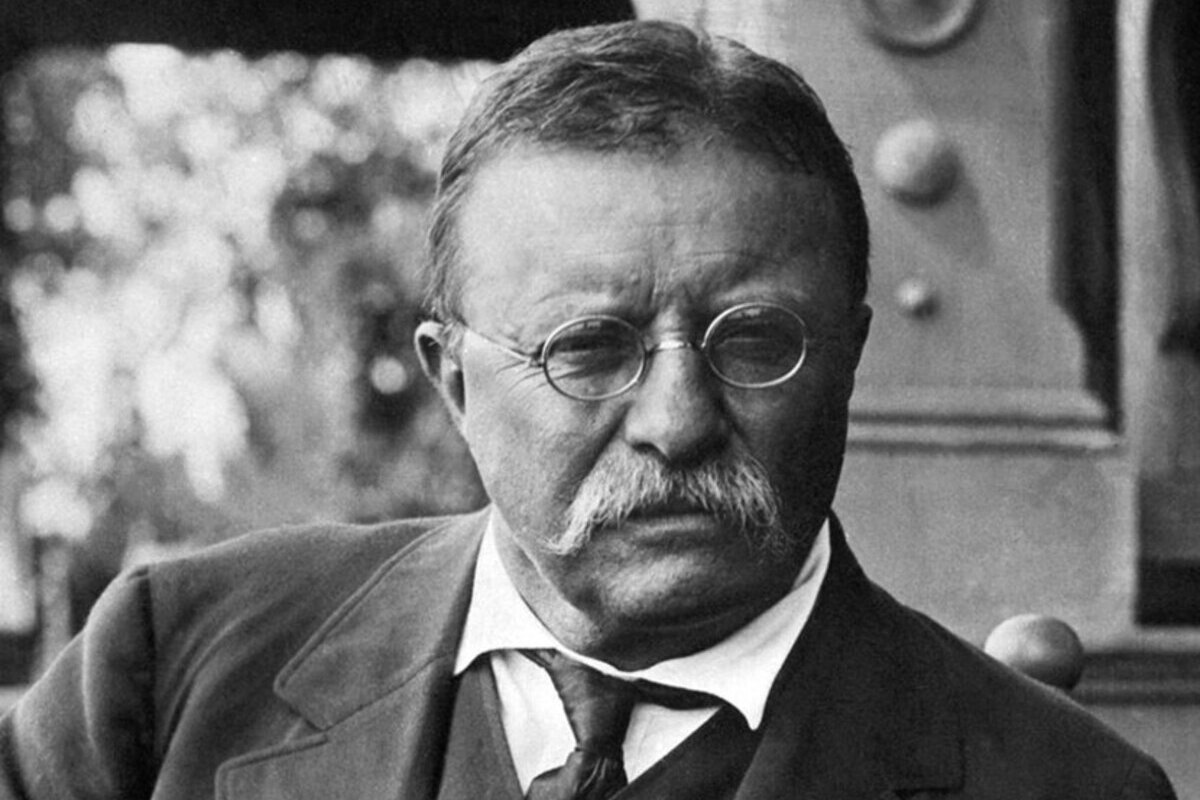Theodore Roosevelt was one of the most dynamic and influential presidents in American history, known for his boundless energy, strong will, and wide-ranging talents. He was not only a politician but also a soldier, writer, naturalist, and reformer. His life was full of challenges, bold decisions, and transformative actions that reshaped the United States. These interesting facts about Theodore Roosevelt will help you understand just how remarkable and multifaceted this historical figure truly was.
- Theodore Roosevelt became the youngest president in US history at the age of 42. He assumed the presidency in 1901 after the assassination of President William McKinley. His youth and vigor symbolized a fresh direction for the nation.
- As a child, Roosevelt suffered from severe asthma, and doctors doubted he would live long. To strengthen his body, he began exercising, lifting weights, and boxing. This self-discipline remained a key part of his character throughout his life.
- He was a passionate advocate for conservation and helped create the modern national parks system in the United States. During his presidency, he established over 230 protected areas, including national parks, wildlife refuges, and natural monuments. He believed that preserving nature was a duty each generation owed to the next.
- In 1906, Roosevelt became the first American president to receive the Nobel Peace Prize. He earned this honor for mediating the end of the Russo-Japanese War. His efforts marked a significant step forward in America’s role in international diplomacy.
- He is known for the famous phrase “Speak softly and carry a big stick,” which summarized his foreign policy approach. He favored diplomacy backed by the credible threat of force. He actively expanded American influence, especially in Latin America.
- Roosevelt gained national fame during the Spanish-American War in 1898 when he led the Rough Riders, a volunteer cavalry unit. He personally led the charge up San Juan Hill in Cuba. His bravery earned him the status of a national hero.
- He had an exceptional memory and could read an entire book in a single day. Over his lifetime, he authored more than 30 books on topics including history, politics, nature, and autobiography. Even his political opponents admired his vast knowledge.
- After leaving the presidency, he embarked on a major scientific expedition to Africa with the Smithsonian Institution. The expedition collected thousands of animal specimens, including giraffes, rhinoceroses, and antelopes. It was one of the most significant scientific journeys of its time.
- In 1912, Roosevelt ran for president again under the Progressive Party, which he founded. The party’s symbol was a bull, representing strength and resilience. His campaign posed a serious challenge to the two main political parties, a rare occurrence in US politics.
- During a campaign speech in 1912, Roosevelt was shot in the chest by an assassin. Despite the injury, he gave a 90-minute speech before seeking medical attention. A thick speech manuscript and a glasses case in his pocket helped slow the bullet and saved his life.
- The popular teddy bear toy is named after Theodore Roosevelt. In 1902, he refused to shoot a tied-up bear cub during a hunting trip, calling it unsportsmanlike. This story inspired a toy maker to create a stuffed bear named “Teddy,” which quickly became a worldwide sensation.
- Roosevelt fought corruption and monopolies by launching legal actions against large corporations and implementing regulatory reforms. He earned the nickname “trust buster” for his efforts to break up monopolistic business practices. His policies laid the foundation for modern antitrust legislation.
- He was the first sitting US president to travel abroad while in office, visiting Panama to inspect the construction of the Panama Canal. He strongly supported the project both politically and financially. This marked a new era of presidential involvement in international affairs.
- Theodore Roosevelt was a distant cousin of Franklin Delano Roosevelt, who also became president. Moreover, Eleanor Roosevelt, Franklin’s wife, was Theodore’s niece. Together, they formed one of the most influential political families in US history.
- Roosevelt died in 1919 at the age of 60 at his home in Sagamore Hill, New York. Just hours before his death, he was reading a book and making plans for the next day. One of his friends later said, “Death had to take him in his sleep, for if he had been awake, there would have been a fight.”
Theodore Roosevelt was a leader who redefined the role of the presidency and left a lasting impact on American society and global politics. His life was a model of determination, vision, and service to the public good. These fascinating facts show that true leadership is shaped not just by titles but by actions. You may not have known how influential and complex he was, but now you can appreciate the powerful legacy he left behind.





